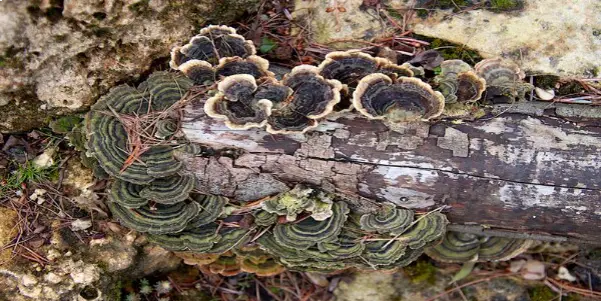WDO Explained

If you are buying or selling a home, you will hear somebody talking about a WDO inspection. WDO stands for Wood Destroying Organism. One might assume that this is heavily focused on pests like termites, but most destruction is by much smaller organisms that break wood down. Algae and fungi, in the presence of moisture, will cause wood to rot. I have seen fungi (like you might see growing out of a dead tree) growing out of the side of a home. This is never good.
While termites, ants and other insects can certainly destroy your home, most WDO inspections find soft and rotting wood. The ‘repair’ for this is new wood. Sections are cut out, new wood spliced in, caulked, and painted and it is “good as new.” Given most homes are not listed “as is,” the seller is usually responsible for WDO repairs.
Effect on Home Sale
If you have agreed to sell you home for $300K, and the WDO inspection finds $2K in damage, then this is $2K out of your pocket. The home will not sell for $302K to cover this expense, which is frustrating. Home inspectors are well versed (during re-inspection) with folks trying to “cover” rotten wood with fresh paint. They will use a probe and quickly identify soft wood under the paint. This will cause a failed re-inspection, further delaying the closing and possibly jeopardizing the sale of the home.
If you have thoughts of selling your home and are worried that a future WDO inspection might cost you money AFTER you have accepted an offer, then consider engaging a home inspector prior to listing the home to tell you what will need fixing. Most inspectors do both WDO and general home inspections. Finding and resolving known issues and a fresh coat of paint may allow you to ask a bit more for your home, to offset your expenses, when it is time to list. Obviously, market conditions at that time will also drive your asking price.
Home Inspectors and WDO
Seasoned home inspectors have a trained eye and years of experience and will often catch things that you will not catch. You can, and should, periodically inspect your home and take steps (yourself, or via a service provider) to resolve issues. If fungus is growing out of your siding, you do not need a home inspector to point out the obvious. Keeping damage from getting worse keeps the repair cost down. That said, nice homes in good condition can still have issues found during WDO inspections, because a trained eye caught something you did not catch.
If the required repairs are considerable, you can then decide how to proceed. That may include a series of projects to get things in tip-top shape or deciding to list the home “as is” and let the future homeowner make the repairs. You should discuss these options with your listing agent.
Mr. Handyman Can Help
If you decide to start making repairs, know that Mr. Handyman is here to help. We can do most WDO repairs, and often everything identified by a more general home inspection. Our staff are seasoned professionals, they are employees (not sub-contractors), get great customer feedback, and clean-up when done. This is why Mr. Handyman has been voted Jacksonville’s ‘Best’ each of the last 6 years.
Consider a pre-listing inspection. Knowing your issues puts you in control. When you need trusted help around the home, call the company your friends and neighbour’s trust. Call Mr. Handyman.
 Click to call
Click to call


